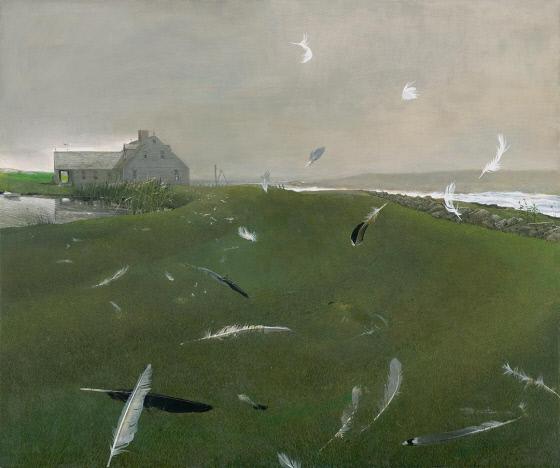Monica Aissa Martinez, born in 1962, is another artist who will have artwork in the exhibition. Her two works are titled Male Torso – Anterior View (2012-2013) and Female Torso – Anterior View (2012) from her Nothing in Stasis series. She is a contemporary artist who paints the anatomical structure of the human body in colorful detail. She uses casein, which is a form of tempera paint that uses milk as a binder instead of egg. Casein does not have the same traditional history as egg tempera, but they share similar processes. Both mediums must be applied thinly on a rigid surface, like a wooden board. If applied thickly or on thin material, the paint is at risk of flaking off and eventually cracking.
Tempera as a medium is consistently changing in form, application, and artistic preference, but the fact that it is one of the oldest forms of painting and has lasted throughout humanity’s timeline is a significant feat that deserves recognition. Through the exploration of various tempera uses throughout time, we can seek to understand its enduring significance that continues to live through murals, manuscripts, and artists who use it to explain and interpret the changing world around us.
[Title image: Andrew Wyeth, Airborne (1996)]
This post was written by Justice Henderson, Interpretation Intern.




